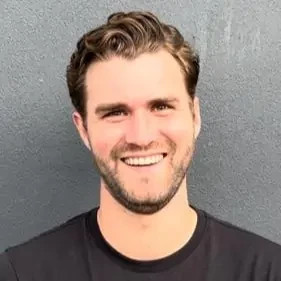Hi guys,
I have a question relating to solving a profitability case.
The case scenario: Imagine if profit was down, after having broken profit into revenue and cost, revenue was down while cost remained unchanged.
In that case, the hypothesis will be revised stating "maybe revenue was the driver of the profit decline, not cost" and (I feel that) it makes sense to dive into revenue's components. Let's say quantity drop (as a result of a certain competitive behaviour) was the cause. At this point, a switch to a new framework is warranted to solve the drop in quantity. HOWEVER, that means that reducing cost remains an open issue to be explored.
My question: I have noticed in many cases in business schools' casebooks as in the case of one of Victor Cheng's cases. they recognized it was a quantity issue, but instead of switching into a new issue tree at that point, they proceeded to explore the cost side first. The rationale being: (1) They don't want to come back to the profitability framework later one, and (2) Reducing cost is easier than increasing quantity.
=> Which of the two approaches makes more sense (i.e. Approach 1: switch frameworks before exploring cost, or Approach 2: explore cost before switching frameworks despite knowing it's a quantity issue)?
Thank you. I would very much appreciate your thoughts on this.






